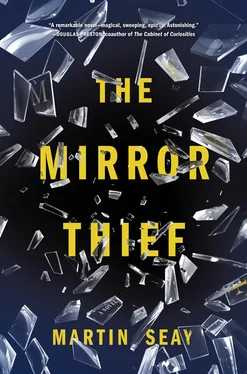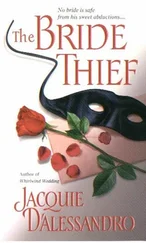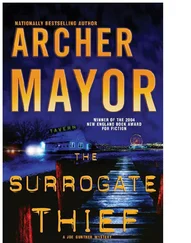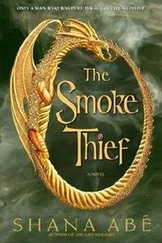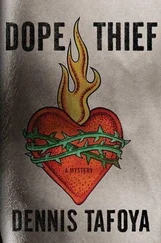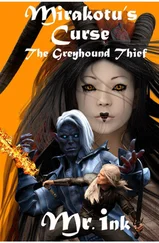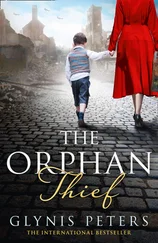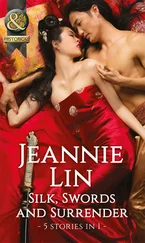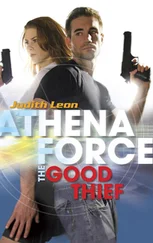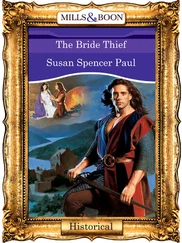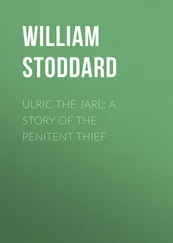By the time he gets inside, his skin is crawling. He shrugs out of his clothes and climbs into the shower, turning it up as hot as he can stand, then hotter once his skin gets used to it. He scrubs fiercely, systematically — scalp and face, rinse, left arm, rinse, right arm, rinse, just like they taught in boot camp — until he reaches the soles of his feet. Then he starts over. By the time he’s done, the room is thick with swirling mist. Little drops bead the marble tiles, inch down the mirrors.
He puts on a robe and steps into the entryway, and steam spills around him like aspic from a mold. A slim white envelope is at his feet, an inch inside the door, and he stoops to pick it up. CURTIS is printed on it in a familiar spiky hand. Inside is a ticket to the museum down below — ART THROUGH THE AGES, it says: Masterpieces of Painting from Titian to Picasso —and a note written on Quicksilver hotel stationery.
Meet here @ 3
Keep it quiet
V
Curtis has walked by the museum at least twice a day since he checked in; he’s never really paid it any mind. It seemed to have nothing to do with Stanley — to be the kind of thing he’d write off as theme-park bullshit, a waste of floorspace, a consolation prize for uptight spouses of gamblers and conventioneers — but maybe Curtis has missed something. Didn’t Veronica say that Stanley had gotten interested in art? Maybe it was history; Curtis can’t remember. It may not matter anyway. Veronica doesn’t seem to understand Stanley a whole lot better than he does himself.
The book is on the nightstand where Curtis left it this morning. He picks it up, carries it to the table by the window. He was half asleep when he read through it last night, still a little buzzed from Veronica’s bourbon, and not much stayed with him. He thinks he remembers a poem about a painter, or about art — at least he thought that’s what it was about — but flipping around now, he can’t find it. It seems unlikely that he could miss it in a book with under eighty pages, and he wonders if it was in his head: if a line he read just reminded him of something that Veronica told him, or that Stanley said long ago, or even something he saw himself in some museum while he was on leave in Europe. He can’t be sure.
The maid of Corinth runs
her knife across the bricks,
fixing the shadow
of her errant love.
If a mirror should possess a soul
it would perceive the image it holds .
As songbirds fly
at Zeuxis’ grapes
Parrhasius gestures
toward the curtain.
If a mirror should possess a soul
it would perceive the image it holds .
In Murano’s furnaces
glass-workers drizzle
liquid mercury
on quickened tin.
If a mirror should possess a soul
it would perceive the image it holds .
Here is true alchemy: the curtain
conceals only itself
and the maid loves the shadow
more than the soldier.
Soon Curtis isn’t reading anymore, just thinking, staring at the framed print over the couch: the tiny masts of tall ships poking from a yellow-brown chaos of sky and sea. Something scary about that painting. He hasn’t really noticed that before.
He checks his cell display: 2:15. Plenty of time to scope the museum in advance. He shuts the book, stands up, and is turning toward the steps when he notices a fax in the machine.
Damon, from four hours ago. A full-page sketch of a giant phallus bent into a graceful question mark. A pair of shaggy testes dangling where the point should be. WHUT DA FUUUK??? written in heavy letters inside its interior curve.
Curtis flattens the fax on the desk. He shreds it into neat ribbons across the diagonal, making straight tears with the sharp beveled edge of the desk. Then he stacks the ribbons and tears them again, making a palmful of black-and-white confetti. Each tear makes a good sound, a certain sound. It’s nice to feel certain about something.
On his way out the door, he scatters the confetti in the toilet, pisses on it, and flushes it down.
The museum is a dark steel box that runs between the lobby and the casino floor. After a counterclockwise turn around the armillary sphere, Curtis shows his ticket at the entrance. He does a cursory walkthrough to make sure Veronica’s not already here. The place is small; it doesn’t take him long. Three bulkheads divide the gallery into four rooms, with about ten paintings in each room. The rusted-steel walls seem to float in midair, not quite touching the deck or the ceiling; Curtis sees shadows and feet pass by through the gaps at the bottom. He brushes a stealthy finger across the surface of one to see if it really is steel: it’s chocolate-brown, glazed to look moist and oily. He feels like he’s inside a fancy leather handbag, or a healthy kidney.
Afternoon sun trickles through slots in the outer wall, augmenting tracklights hung along the maple overhead. Outside, the morning’s clear blue has gone dull and planar, a yellow pall across the sky. Only a couple of dozen people wander around; a few more are in the gift shop. None of them is Veronica. Curtis works his way back through the exhibit, dividing his attention between the art and the crowd, keeping himself alert. He’ll spot Veronica with no trouble, but he’s worried that the Whistler might be lurking somewhere. He doubts he’d recognize the kid right away, if at all.
The exhibit is chronological, ending with a growling cartoon dog from 1965. Curtis is walking through it in reverse, moving backward in time. Barely looking at the paintings. He’s never thought much of modern art, with its drips and splats and big monochrome squares. At one piece, a plain black box on a plain white background, he has to stop and shake his head.
Years ago, during one of his surprise reappearances in Curtis’s boyhood, Curtis’s dad spent an afternoon lecturing him about black painters — Raymond Saunders, Frank Bowling, Beauford Delaney, Alma Thomas — and about how Picasso stole his best ideas from African masks he’d seen in the Musée de l’Homme. The next Saturday Curtis rode his secondhand Schwinn the two fast downhill miles to the new MLK Library and sat and flipped through massive hardbound books for hours, befuddled by bright blotches and smears. And then months later, when his father visited again, the sermon was about how black abstractionists were just aping the white man, how they didn’t challenge the sensibilities of white culture, and how jazz was the only revolutionary Afro-American artform. Curtis smiles, wondering what his father would be saying were he here today. Probably something about how Islam forbids image-making. The Holy Prophet, peace be upon him, teaches that on the Day of Resurrection, all the artists will be commanded to give life to the stuff that they created. And when they can’t do it, they’ll be punished. Think about it, Little Man. It makes sense. Every living thing comes from God. God made us all in his image. And it ain’t right to make images of God .
When Curtis comes to a torpid bare-breasted Venus that resembles nothing so much as a Playboy centerfold from the late Fifties, he starts paying closer attention to the art. He’s in the 1700s now — older than America — and the paintings are more realistic, more precise. An angel with a flaming sword. A pale creepy infant prince. A baleful wolfhound with intelligent orange eyes. Curtis leans in to get a close look at the hound, the detail in its fur, its chain, its collar. He and Danielle always talked about getting a dog once they moved out to East Lansdowne. A big dog. They’ve been there almost four months now and still haven’t done it. Curtis would feel better about being away if he knew Danielle had a big dog around.
Читать дальше
